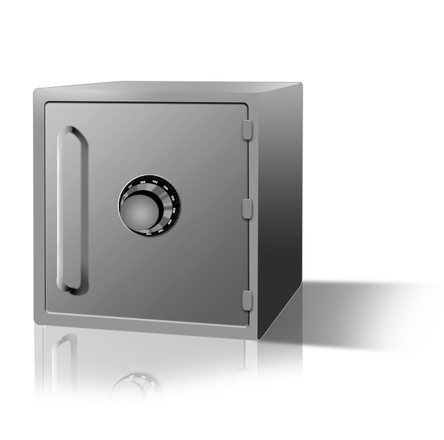
What is Tenancy Deposit Protection?
Normally a Landlord requires a deposit from a tenant as security if the tenant breaks their contract. New Legislation states that all tenants deposits must be held by a Government-approved Tenancy Deposit Scheme for the duration of the tenancy. A Landlord has to provide the tenant with certain information called Regulation 42 explaining the deposit protection. Letting Agencies that act of behalf of Landlords must also abide by this Legislation.
What is a Tenancy Deposit Scheme?
An independent third party authorised to hold and protect the tenant’s deposit for the duration of the tenancy. Once the landlord has submitted the deposit, it is kept in a safe, designated account until the end of the tenancy and both parties have agreed to its return.
All schemes in Scotland must be approved by the Scottish Government.
All deposits taken on assured and short assured tenancies, university accommodation and other types of occupancy agreements must be submitted to a Government-approved scheme.
How to comply – All landlords and letting agents who take a deposit in Scotland must:
- protect and lodge the deposit with a government approved scheme and;
- provide the tenant with key details about the protection (Regulation 42 Information).
Both of the above tasks must be completed within 30 working days of the tenancy start date.
What are the penalties for non protection?
If satisfied that the landlord did not comply with the deposit protection requirements, the sheriff:
- (a) must order the landlord to pay the tenant an amount not exceeding three times the amount of the tenancy deposit; and
- (b) may, as the sheriff considers appropriate in the circumstances of the application, order the landlord to
- (i) pay the tenancy deposit to an approved scheme; or
- (ii) provide the tenant with the information required under regulation 42.